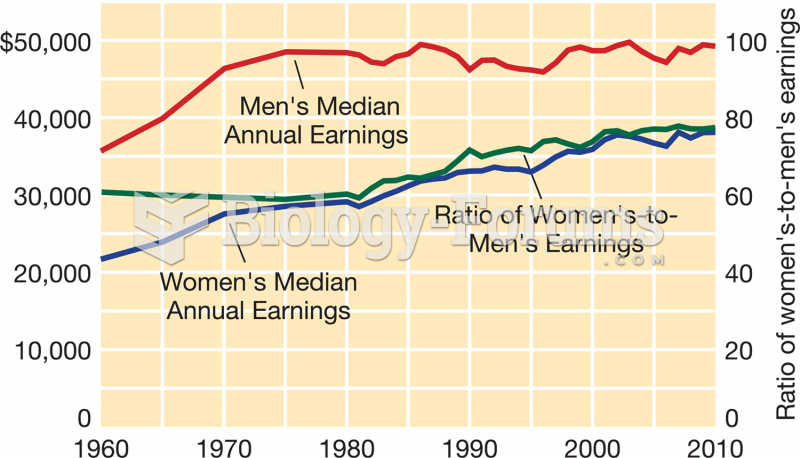Answer to Question 1
African music often happens in social situations where people's primary goals are not artistic (not art for art's sake). CD 1:1 is an example of work music, that is, not a musical performance as such, but rather music that helps coordinate the efforts of the workers and lifts their spirits.
--Expression in Many Media (2)
African music may also be associated with other expressive media (drama, dance, poetry, etc). Music . . . is also enjoyed at other times for its own sake.
--Musical Style (3)
CD 1:1 illustrates European musical qualitiesduple-metered melodies based on a seven-note major scale (G A B C D E F G) and related Western harmony, as well as African stylistic featurespolyrhythm, repetition, and improvisation.
--History (4)
The music-cultures of Europe, Asia and the Americas have strongly affected those in Africa. This cultural interaction is seen, for example, in the incorporation of European musical features into the sounds of CD 1:1.
--Participation (5)
Musicians in Africa often welcome participation in the music-making process. The postal workers feel free to join in with simple musical parts to create a sophisticated and satisfying music.
--Training (also define enculturation) (6)
Music education or learning how to perform music in Africa depends on a society-wide process of enculturationthat is, the process of learning one's own culture gradually during childhood. The music being so casually created by the postal clerks seems effortlessly beautiful.
--Beliefs and Values (7)
Often Africans conceive of music as a necessary and normal part of life . . . music fuses with other life processes. The music of the postal workers accompanied and coordinated their work, but they didn't quite think of themselves as musicians performing music in a musical show.
Answer to Question 2
The letter is slapped rhythmically several times as it is brought to the table to be cancelled.
The marker makes another rhythmic sound as it is inked and then stamped on the letter.
Another man clicks a pair of scissors.
Another man whistles the hymn Bompata and he can be joined by other workers who also may wish to whistle the tune.







